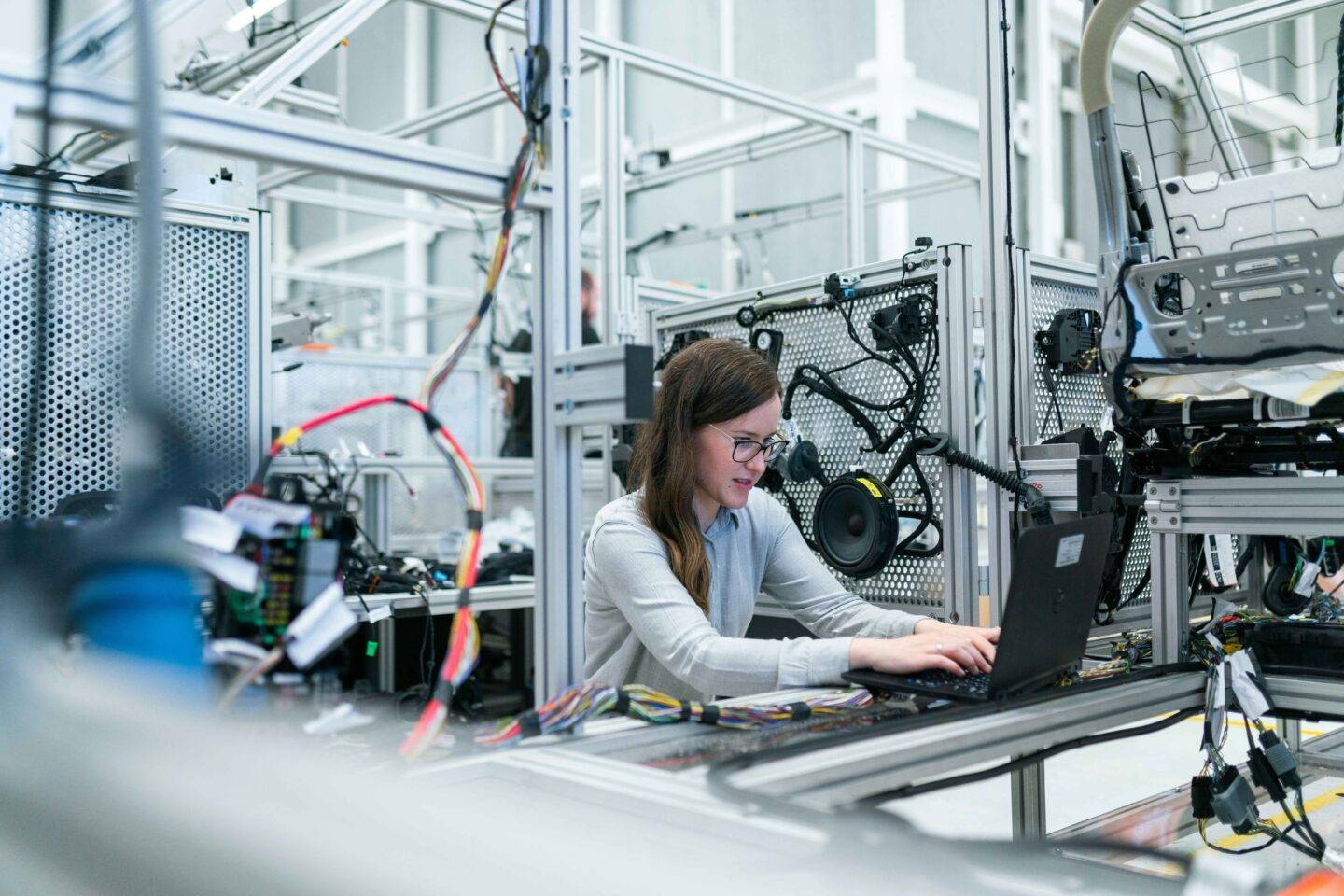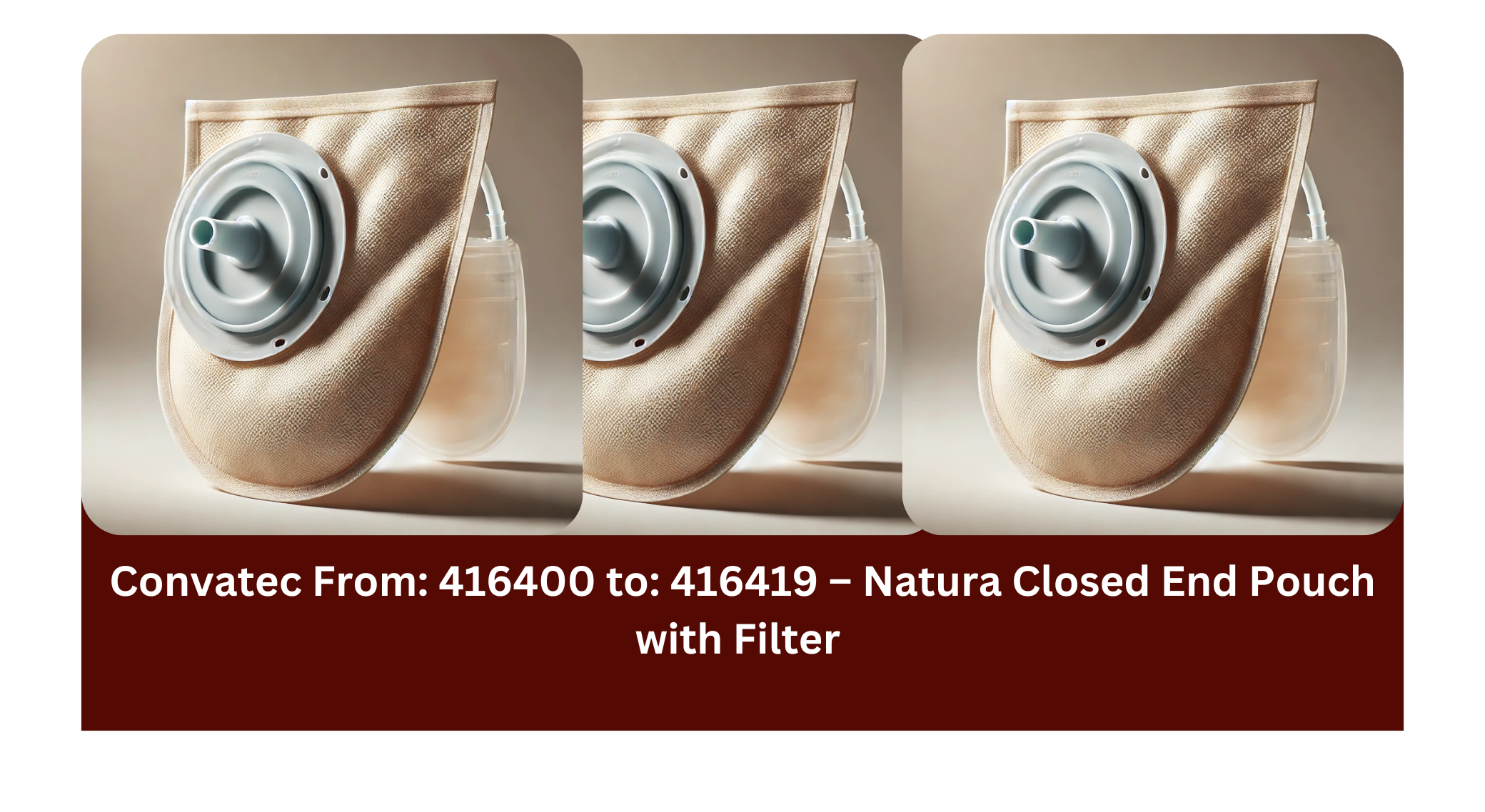Making investments in industrial machines is an important choice that has a direct impact on the productivity of your business, security, and bottom-line performance. If you’re looking to upgrade old equipment or construct an entirely new facility, making the right decision will save time and money as well as operational hassles.
There are numerous choices in terms of technical requirements to think about. How do you determine what you should be looking for? This ultimate checklist will walk you through the most important elements to look at prior to making the purchase.
Table of Contents
Consider Your Operational value
Get a good idea of what your company requires. Examine the specific tasks the equipment will be able to accomplish and the anticipated workload. Are you searching for equipment that can handle heavy-duty or light, repetitive tasks? Are you looking for equipment that can be used frequently or only intermittently? The answer to this question will allow you to narrow your options to those that meet your expectations for performance.
Evaluate Efficiency and Productivity
The ideal equipment will simplify your workflow and increase productivity. Consider features that can make it easier to work with less labor-intensive tasks and limit downtime. The most efficient machines can be more expensive upfront; however, they generally provide greater long-term value due to their higher production and decreasing operational costs.
Check for Quality and Durability
Motors and industrial equipment are an investment for the long term, making the durability of your equipment a priority. Take note of the quality of construction materials, the general engineering of the machinery. Industrial motors particularly need to be constructed to withstand harsh conditions and constant operation.
Deciding to purchase equipment from established companies can give you additional assurance, since their products typically have a track record of performance and reliability. When possible, ask for live demonstrations or visit locations in which the equipment is being used to see how it operates in actual working conditions.
Prioritize Safety Function
Security should never be compromised. Find equipment that is in compliance with the safety standards of international and national levels. The most important safety features could include emergency shutoffs, security guards and barriers, alarms that are automatic, and compliance with OSHA or other guidelines for safety. Reduced danger of accidents at work protects your employees and helps avoid potential legal problems.
Assess Maintenance Requirements
The best equipment will require maintenance. Take note of how often the equipment is in need of maintenance, how easy maintenance is, and if spare parts are easily accessible. Equipment that is maintenance-free and has access to quick support services will minimize the time to repair and cost over the long term.
Look at the Total Cost of Ownership
Do not focus only on the price sticker. Take into consideration your total costs of ownership (TCO), which covers repairs, maintenance as well as energy consumption as well as training, and downtime. In some cases, a more expensive machine is more affordable over the long term if it’s more reliable, energy efficient, and durable.
Verify Supplier Reputation
Your manufacturer or supplier should be more than an entity to be considered an ally you can trust. Examine their reputation in terms of quality, customer service, and support. Check out reviews, request references, and discover the speed at which they respond to calls for service and warranty requests. A reputable supplier will ensure that you’re not in a bind in the event of a problem.
Check for Customization and Compatibility
Each business operates differently. Consider whether the equipment could be altered or modified to meet your needs. Also, take into consideration compatibility with your current infrastructure, which includes electrical requirements, software systems, or workflow integration. Continuous compatibility will save you money on upgrades or workflow overhauls.
Review Warranty and Support Services
The validity of a warranty is a great indicator of the manufacturer’s trust in their products. Make sure you look for warranties that cover parts and labor. Also, look over the support options provided. Do they offer remote troubleshooting? Are they able to provide on-site service? A good service agreement could save you time and money when something goes wrong.
Known Training and Usability
Modern machines can only be as efficient as the individuals who operate them. Be sure that your staff can be taught how to operate the equipment effectively. Make sure the manufacturer or supplier offers training materials, either in person or via the internet. Simple interfaces, easy-to-use manuals, and readily accessible training materials allow for faster onboarding and better security.
Think About Scalability
If your company expands, the equipment you use should be able to keep up with your company. Think about whether the equipment can be expanded, upgraded, or modified to meet future demands. When you invest in scalable solutions, your company is able to adapt and remain competitive in the face of changing demands.
Conclusion
The right industrial equipment doesn’t mean selecting the most modern machine in the market. It’s about finding the best suitable machine for your requirements, budget, as well as longer-term objectives. If you follow this comprehensive checklist, you’ll be able to make informed choices that will help you to improve the safety, efficiency, as well as the bottom line.
Make sure you evaluate every aspect carefully. Don’t hesitate to seek advice from experts or request a trial run. An educated purchase today can result in many years of smooth, reliable performance in the future.



